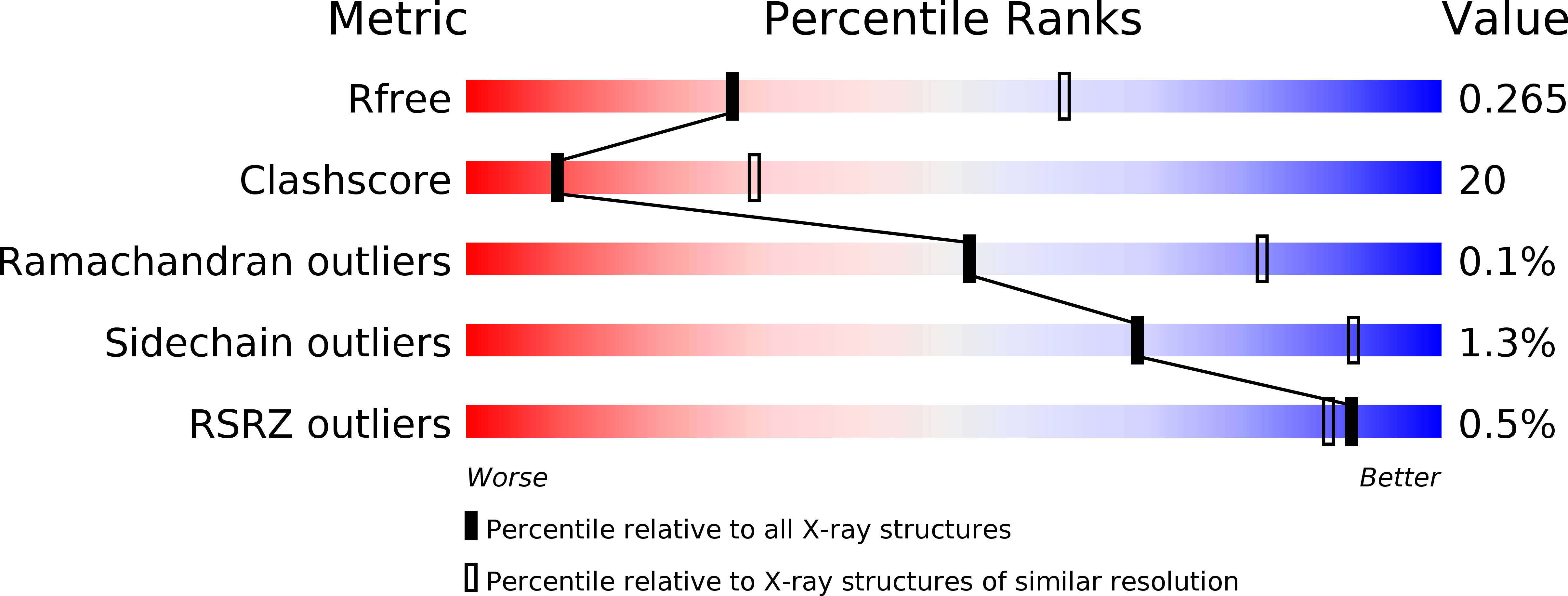
Deposition Date
2010-11-05
Release Date
2010-12-29
Last Version Date
2023-12-20
Entry Detail
PDB ID:
2XWU
Keywords:
Title:
CRYSTAL STRUCTURE OF IMPORTIN 13 - UBC9 COMPLEX
Biological Source:
Source Organism:
HOMO SAPIENS (Taxon ID: 9606)
Host Organism:
Method Details:
Experimental Method:
Resolution:
2.80 Å
R-Value Free:
0.26
R-Value Work:
0.22
R-Value Observed:
0.22
Space Group:
P 21 21 21


